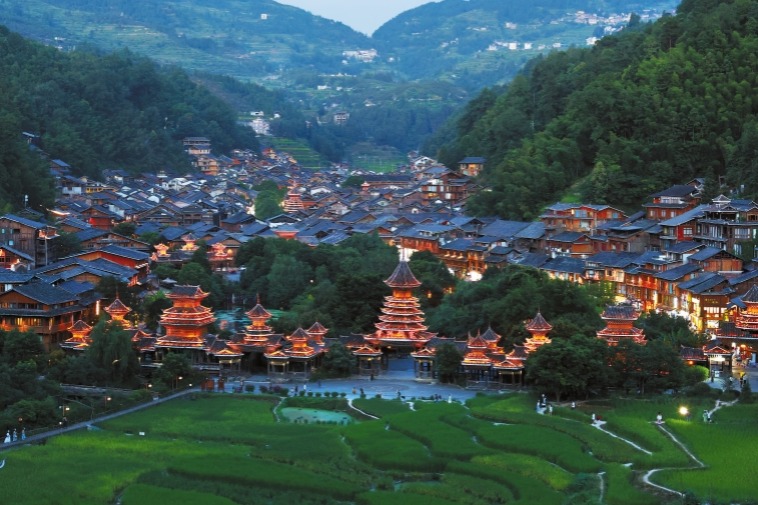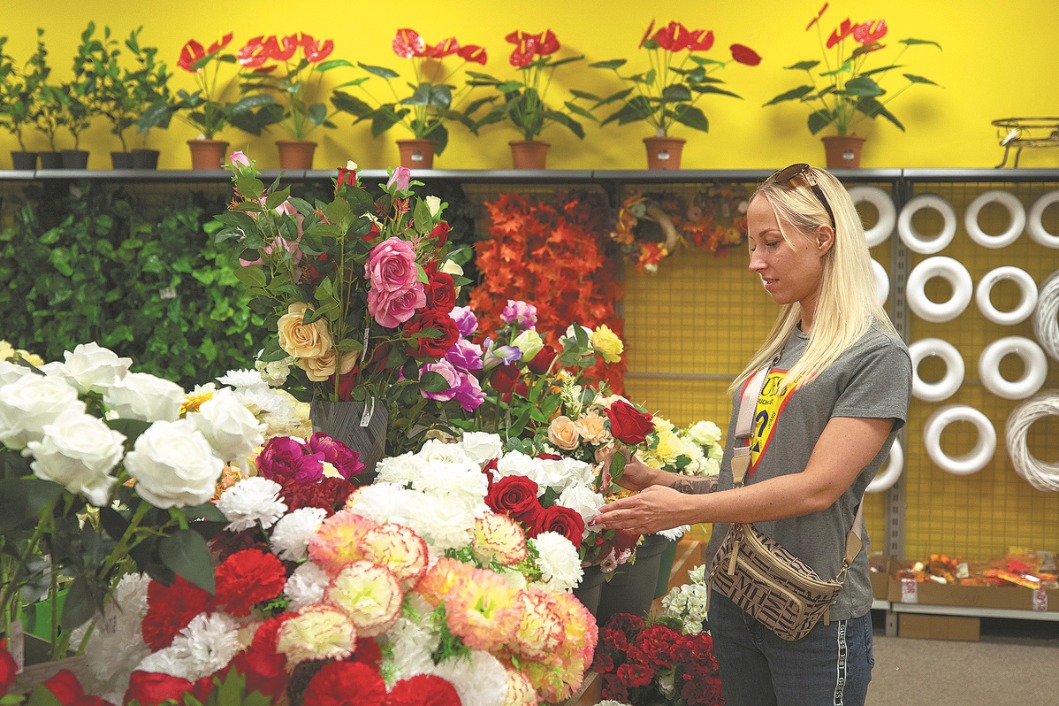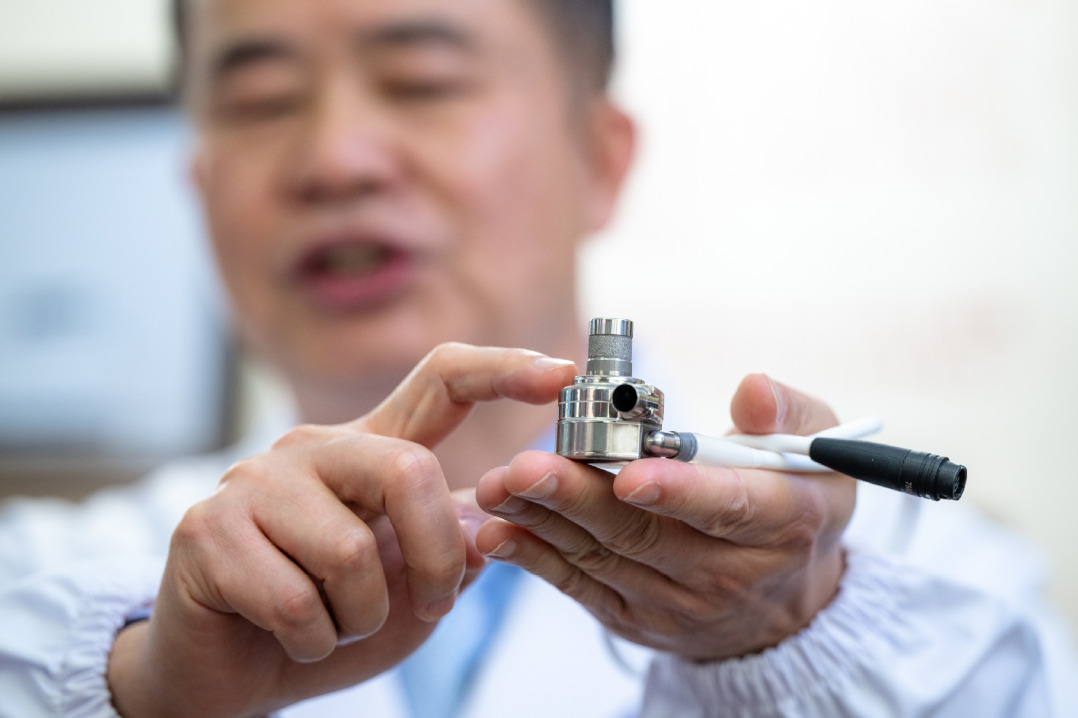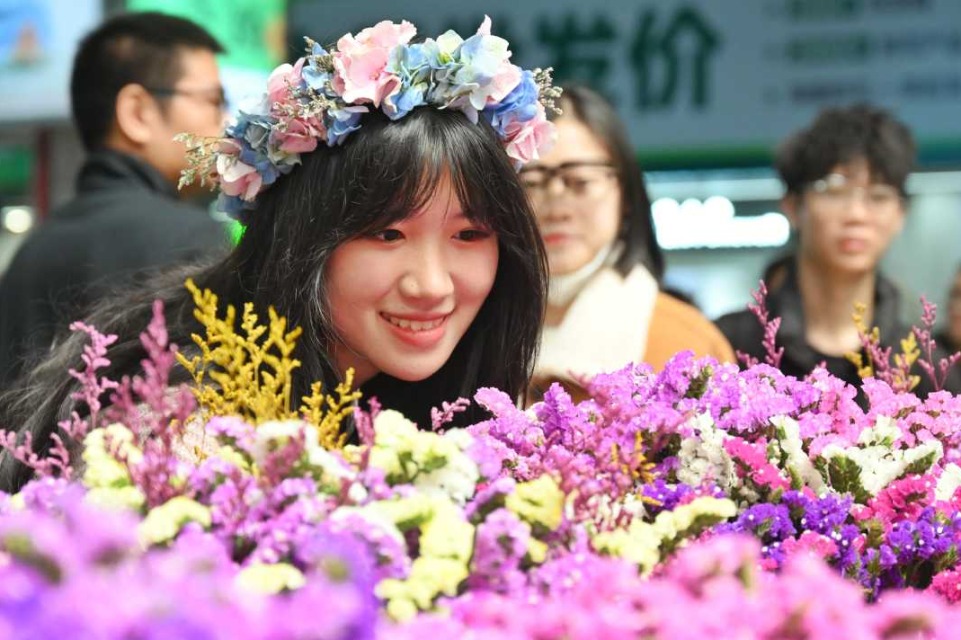A dazzling result of quest for immortality

Emperor Yong Zheng valued austerity as well as simplicity in his surroundings, but his son Qian Long had a much more lively take on life
Fanghu Shengjing was considered the most splendid scenic spot in Yuanmingyuan, or the Old Summer Palace, in Beijing.
It was located on the north bank of a bay of the Northeast Sea, an architectural complex of monastery gardens, with the allure of mountains and buildings where the immortals lived.
It harked back to a tale, according to which, more than 2,200 years ago China's first emperor, Qin Shihuang, sent a person named Xu Fu with 1,000 boys and girls to the East Sea to look for a place called Penglai, where immortals were said to live, and ask for medicine that would confer eternal life on humans.
More than 1,000 years later, Emperor Qin's unfulfilled wish was made tangible with the creation of a scenic spot in Yuanmingyuan, Fanghu Shengjing.
YongZheng, the fifth emperor of the Qing Dynasty (1644-1911), was extremely diligent and, according to imperial records, slept no more than four hours a day and took off just one day a year - his birthday. His work ethic over the 13 years of his reign is reflected in his prodigious written contributions held in government archives, running to more than 10 million characters.
In later years, YongZheng tired easily and this, as well as his fear of death, drove him to look for elixirs of health and of life. In the East Lake of Yuanmingyuan, workers laid giant irregular rocks and built splendid buildings to symbolize the Penglai Islands, and Taoist priests tried to come up with remedies for the emperor through alchemy. However, these elixirs contained heavy metals that may have caused or contributed to YongZheng's sudden death.
His successor, Qianlong, drove the priests out of Yuanmingyuan as soon as he ascended the throne, but before long he was ordering workers to dig a lake and build an island to create a fantasy land.
Fanghu Shengjing was one of the grandest architectural complexes in Yuanmingyuan, covering about 20,000 square meters. There were nine two-story buildings and three pavilions, with an architectural layout completely different from that of traditional imperial palaces. Three big pavilions were in the shape of the Chinese character for mountain, shan, and extended onto the lake, followed by three rows of buildings, three pavilions in each row.
While Yong Zheng was a devotee of simplicity and austerity in his surroundings, his son Qianlong preferred lively color. So Fanghu Shengjing, covered with yellow, blue, green and violet glazed tiles and supported by red wooden pillars, looked especially dazzling among the grey buildings that Yong Zheng built.
| Digital restoration of Fanghu Shengjing, one of the most splendid scenic spots in the Old Summer Palace. |
| Fanghu Shengjing was one of the grandest architectural complexes in Yuanmingyuan, covering about 20,000 square meters. Photos Provided to China Daily |
(China Daily European Weekly 06/23/2017 page16)
Today's Top News
- Communist Youth League of China has about 75.32m members
- Evidence indicates tariffs 'unsustainable'
- Wetlands projects protecting species
- US Chamber of Commerce warns tariffs hurt small businesses
- Beijing assessing Washington offer for trade negotiations
- Reducing burdens at the grassroots benefits the people
































